Makuti (makuti) is a natural and ecological material, originating in Africa. It is named after a small provincial village, Makuti, in Zimbabwe, in the South of East Africa.
It is made from coconut leaves, the well-known tropical plant that thrives in almost the entire tropical zone, due to the high levels of humidity, the warm climate and the rich sunshine needed to grow. Apart from its well-known fruits, this particularly useful plant also gives us its leaves, which can reach a length of up to 6 meters. Their harvest does not interrupt the natural growth of the palm tree, because it takes place after the leaves are expelled from the tree itself. It should be noted that, from the collection of coconut leaves and their further processing that we will describe below, many families live in South Africa, relying exclusively on their income on this activity.
Before they are used for knitting the tropical makuti hat, the leaves of coconut. they are dried – this is where its dark brown appearance is due. Then the leaves are knitted by hand, one by one, on the stem of the plant or on a knitted rope, creating rolls which are then placed around the umbrella. The whole process of manufacturing makuti is done with great craftsmanship, for a result aesthetically beautiful and practically tied and durable.
At the top of the umbrella is placed a conical hat, which is knitted from the same material forming a characteristic “tassel” on top. This hat is removed, helping to easily transport and store it. As a construction material it is flexible, which allows to easily adapt it to wooden or metal umbrella frames, round or square, in gazebos but also in other types of beach or outdoor equipment.
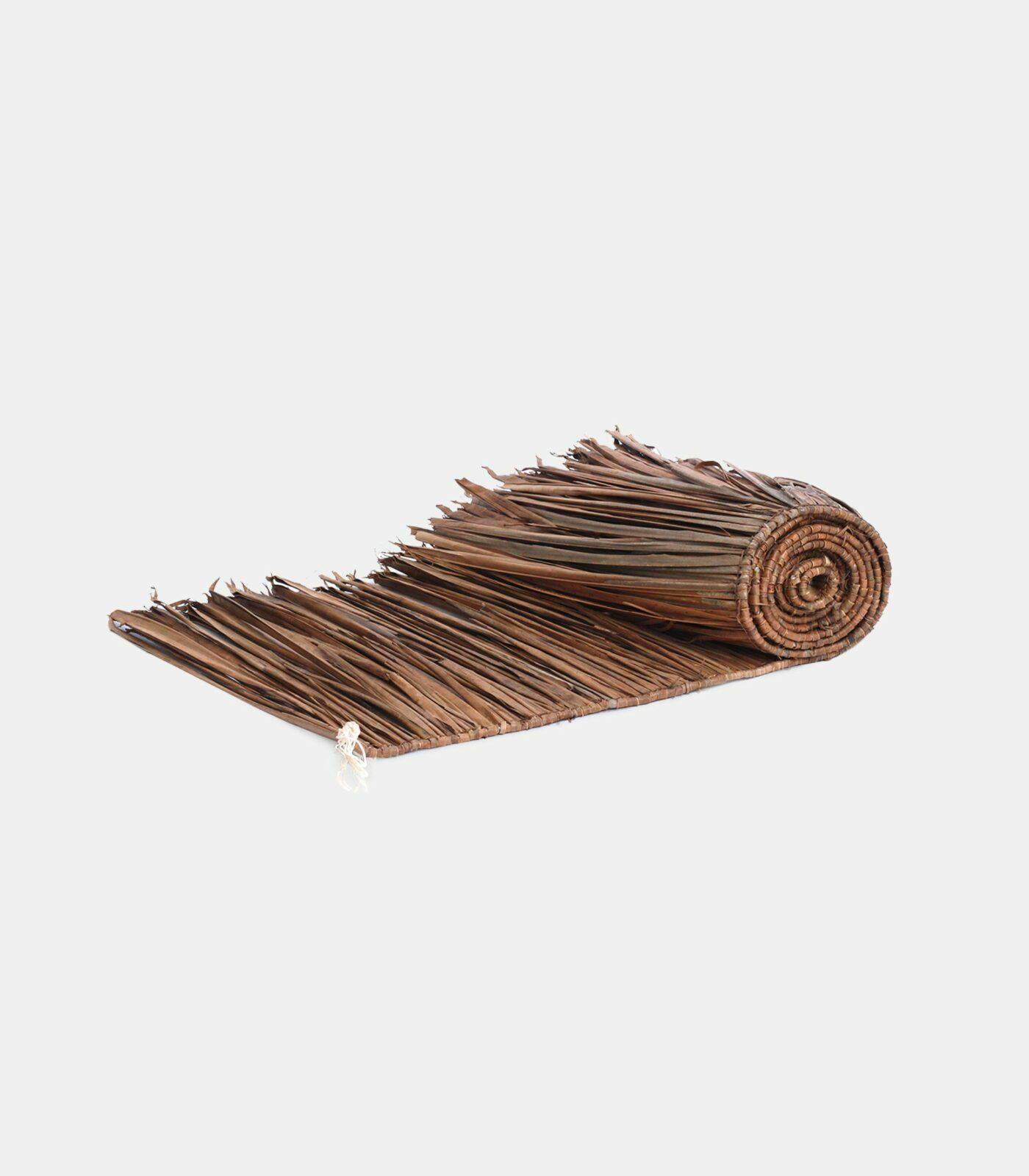
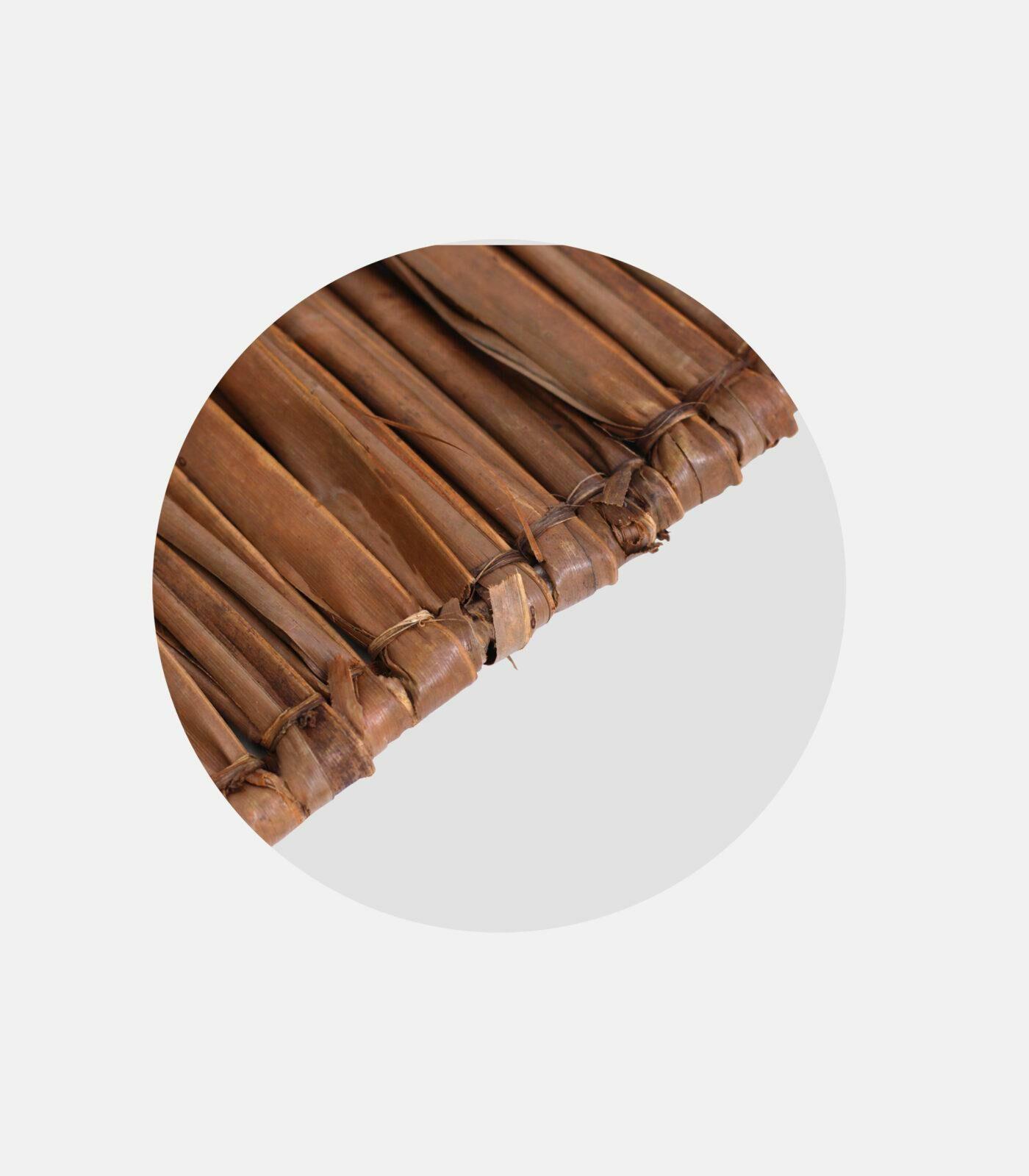
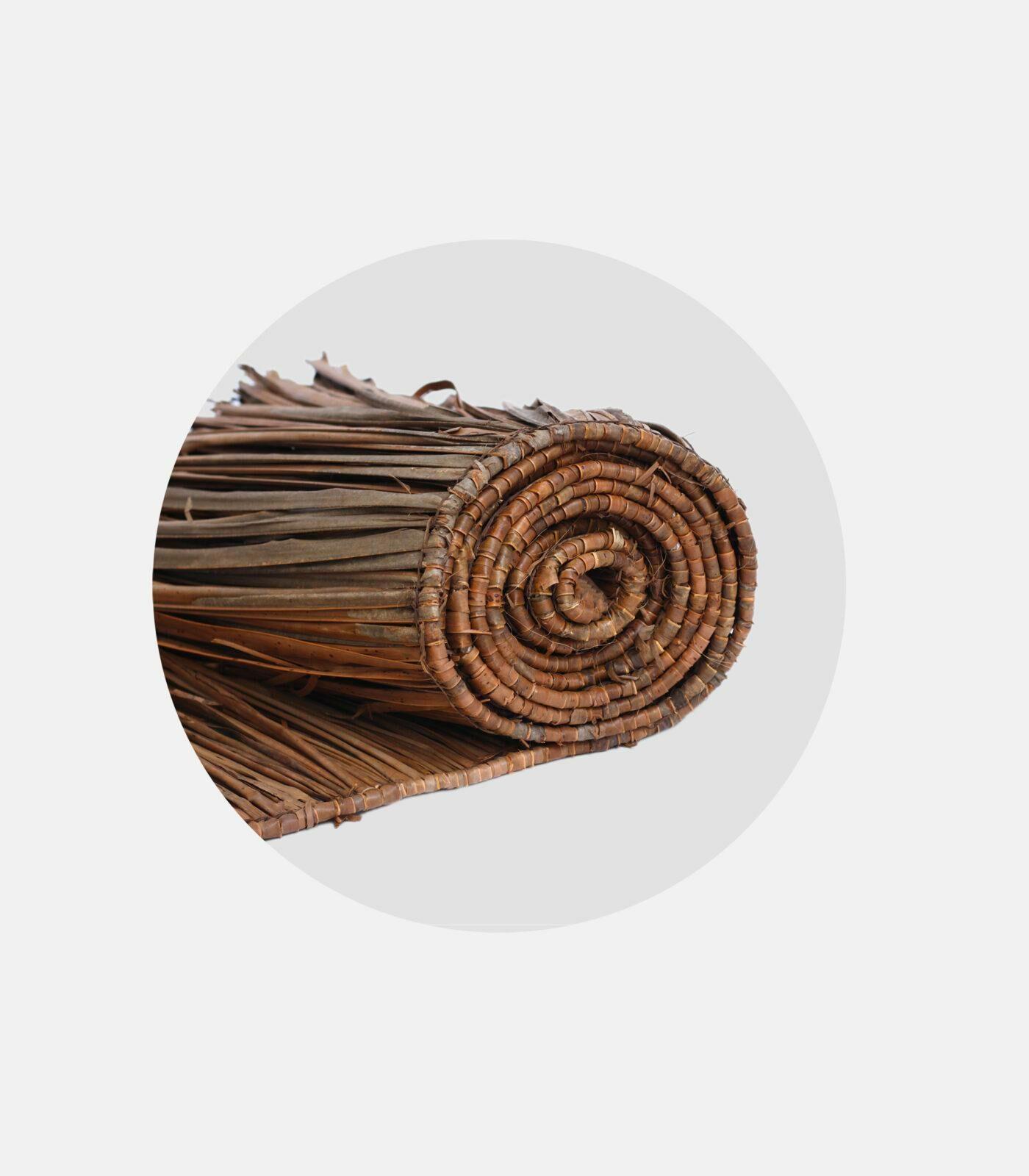

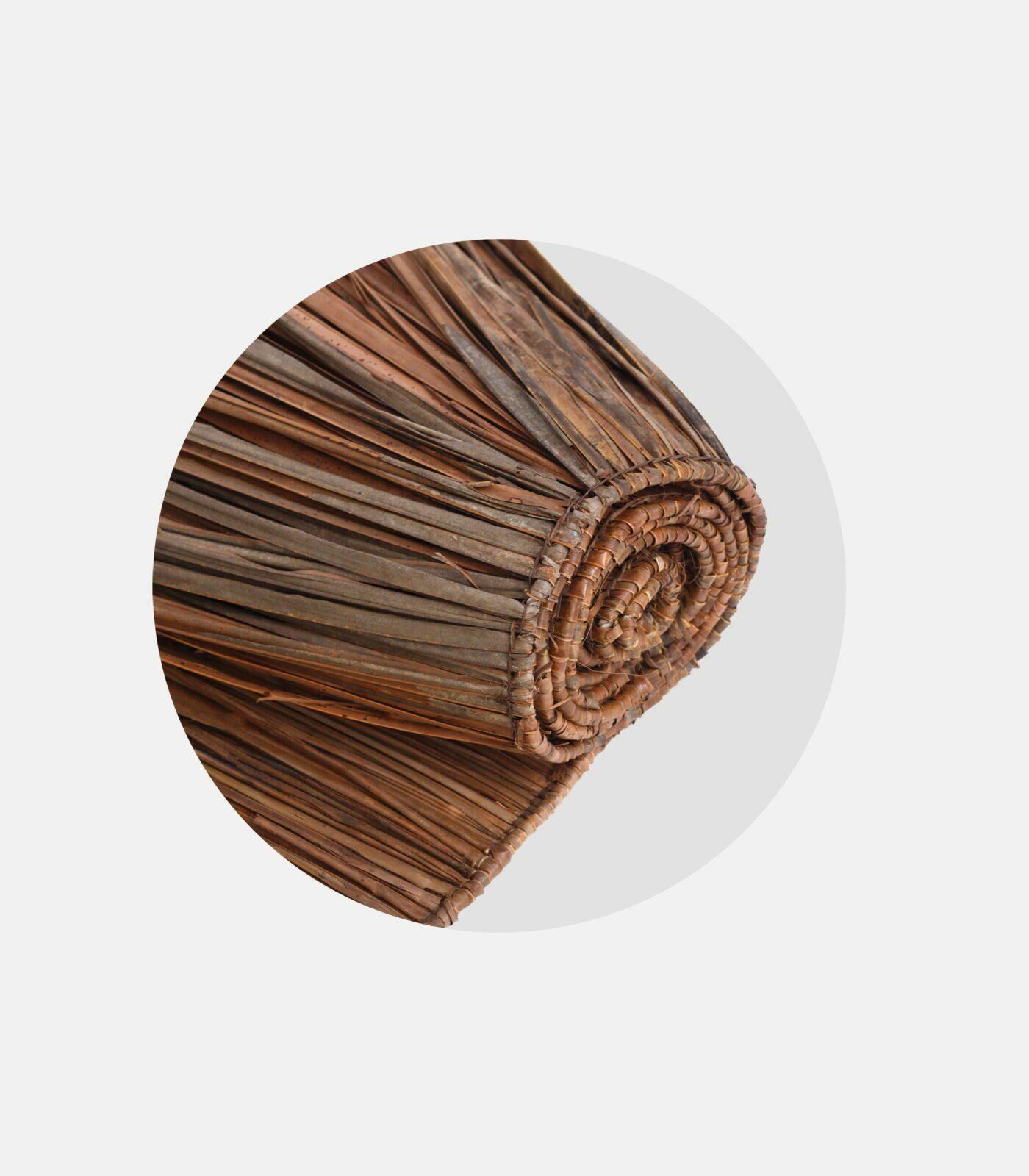

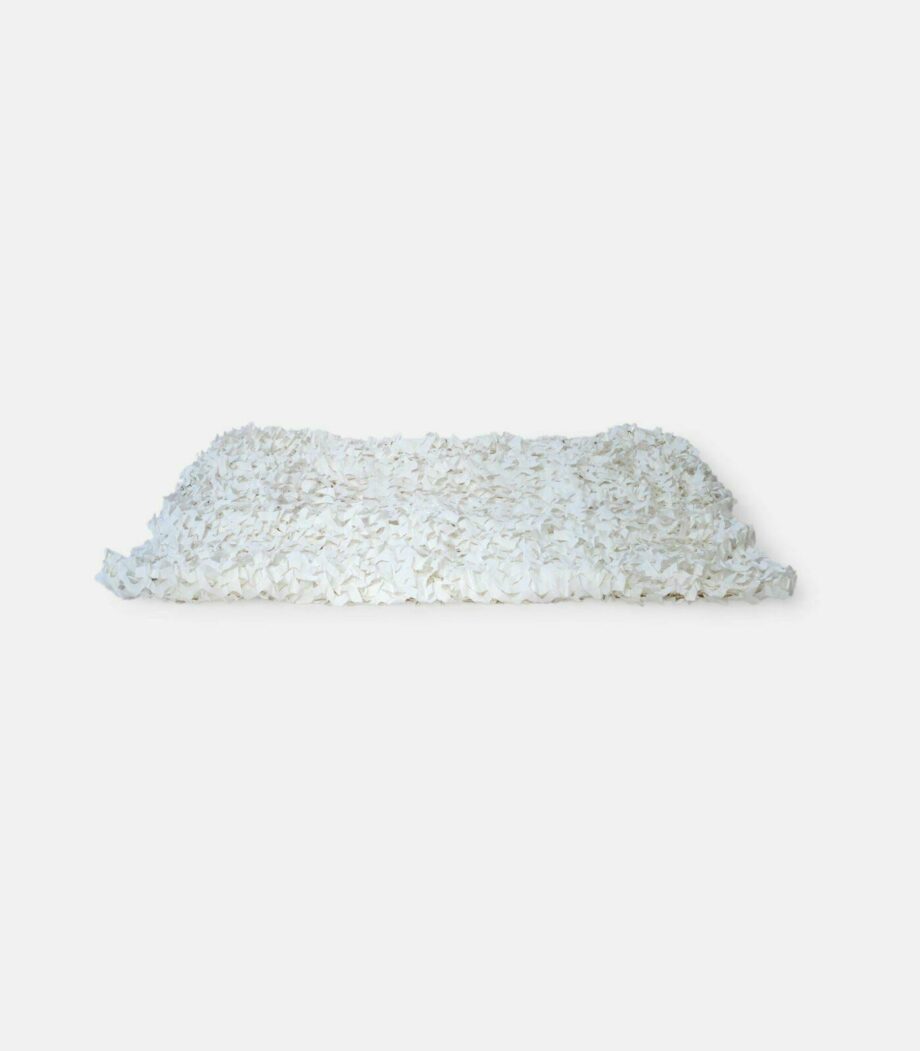

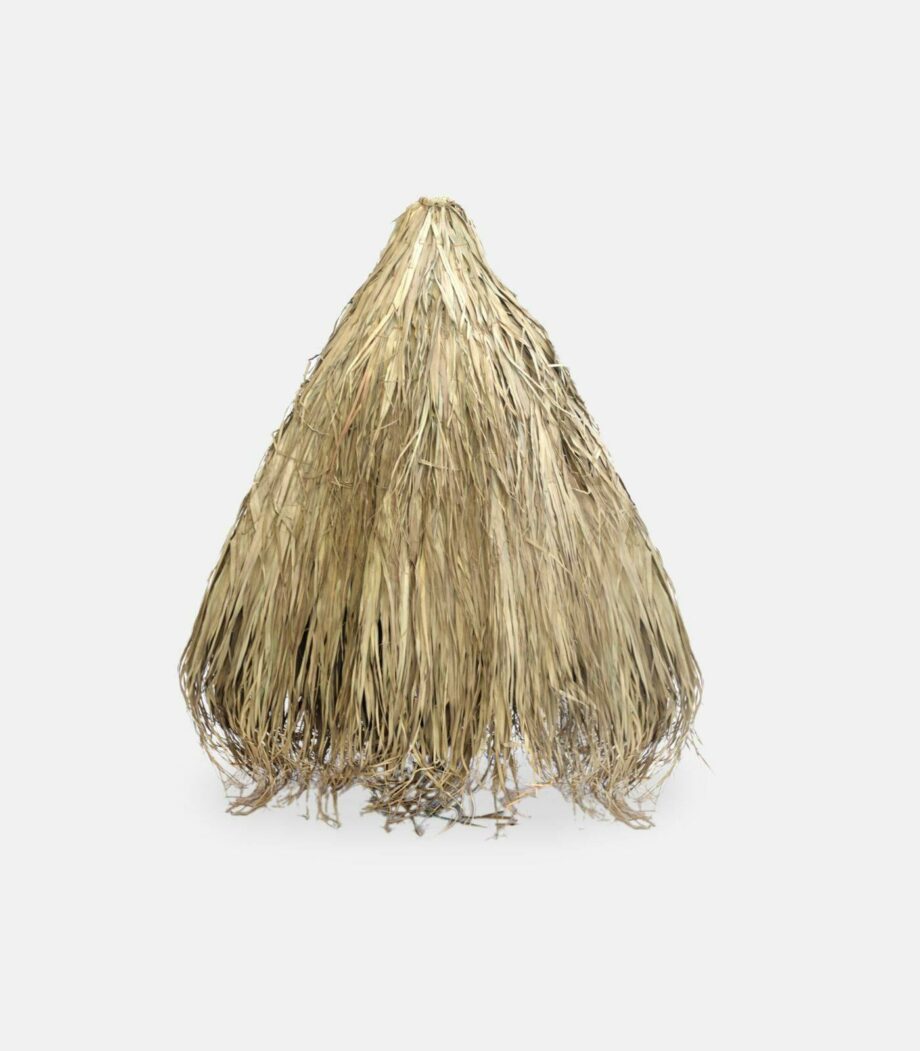
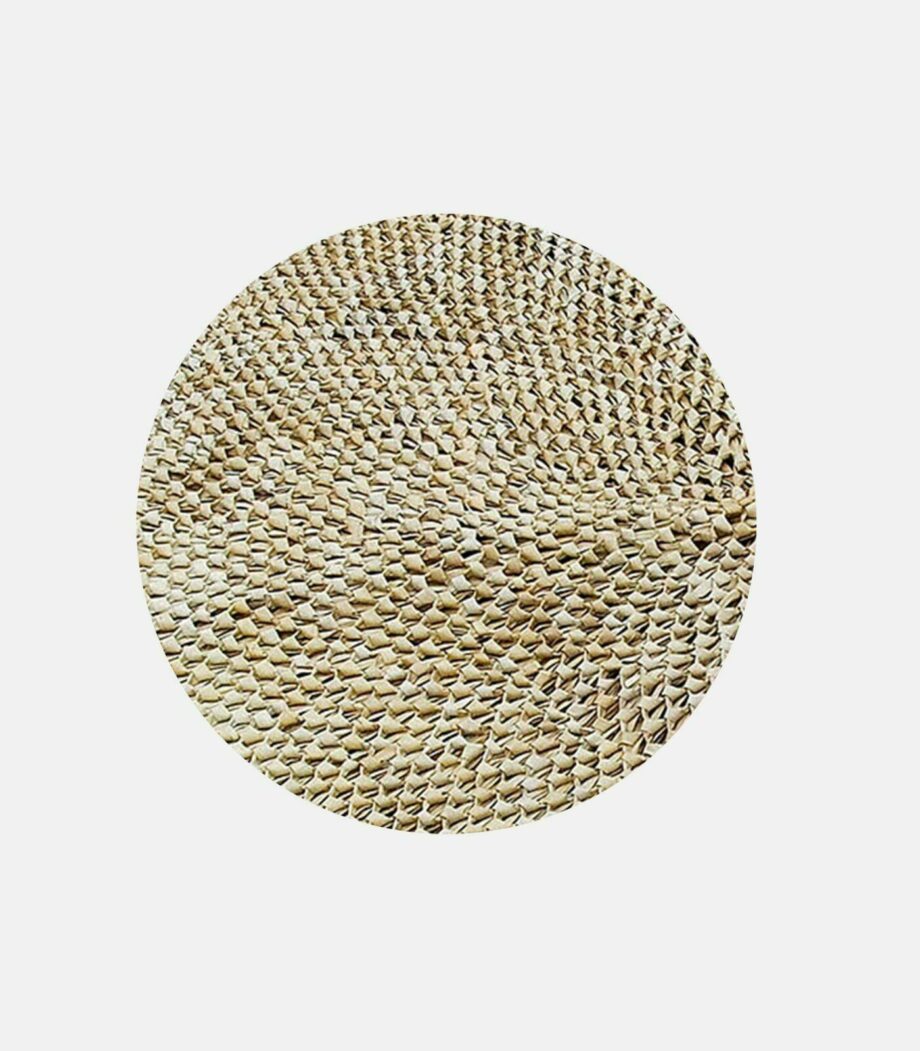
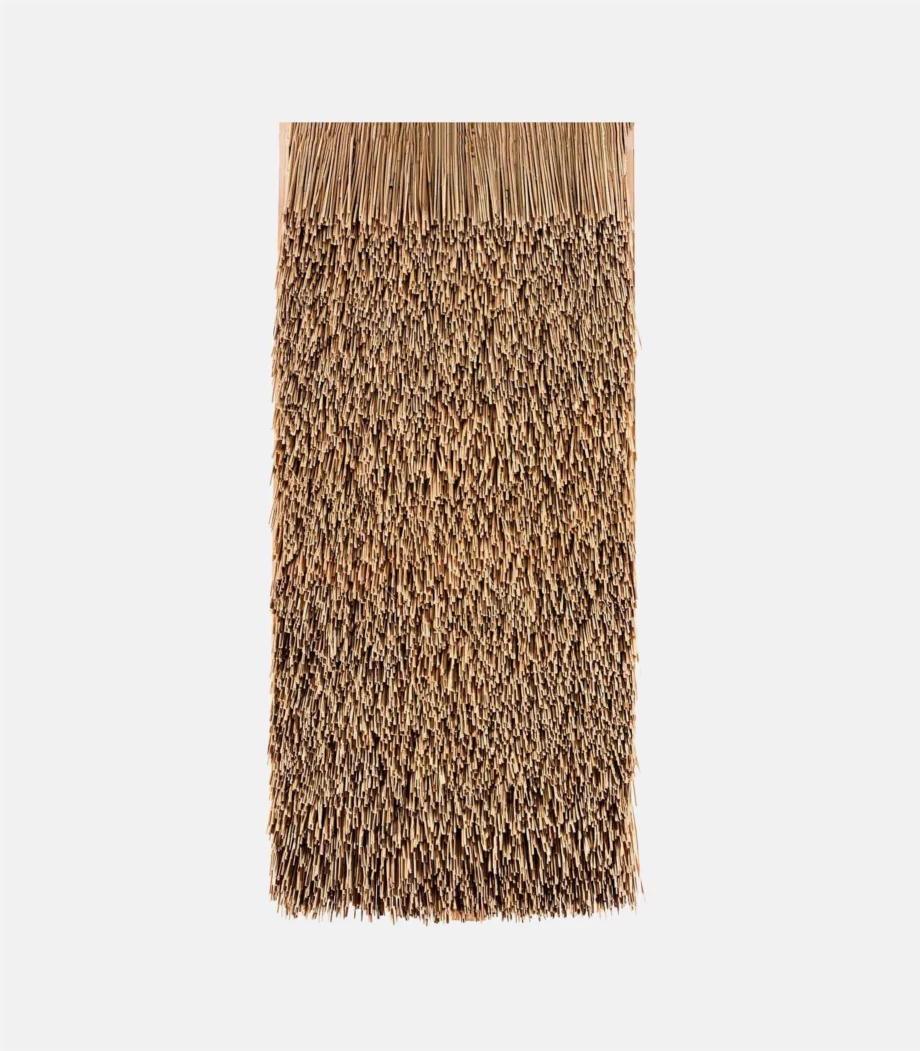
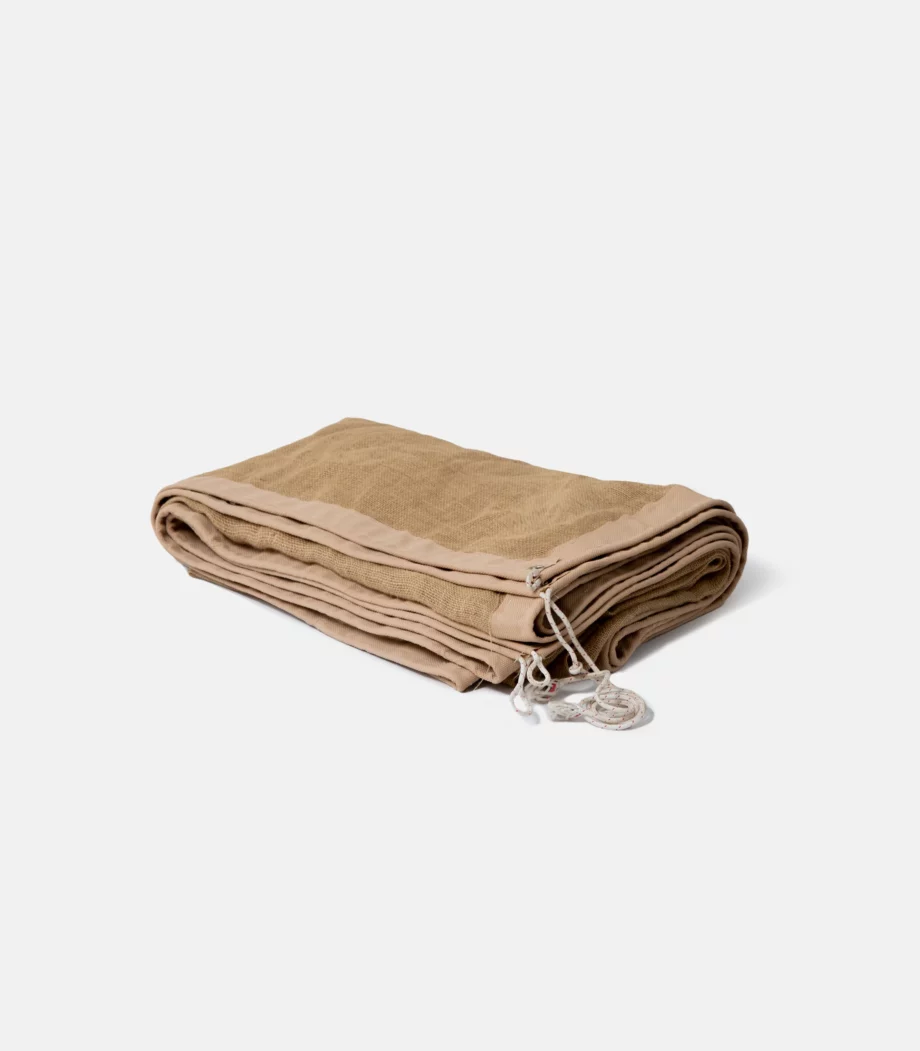
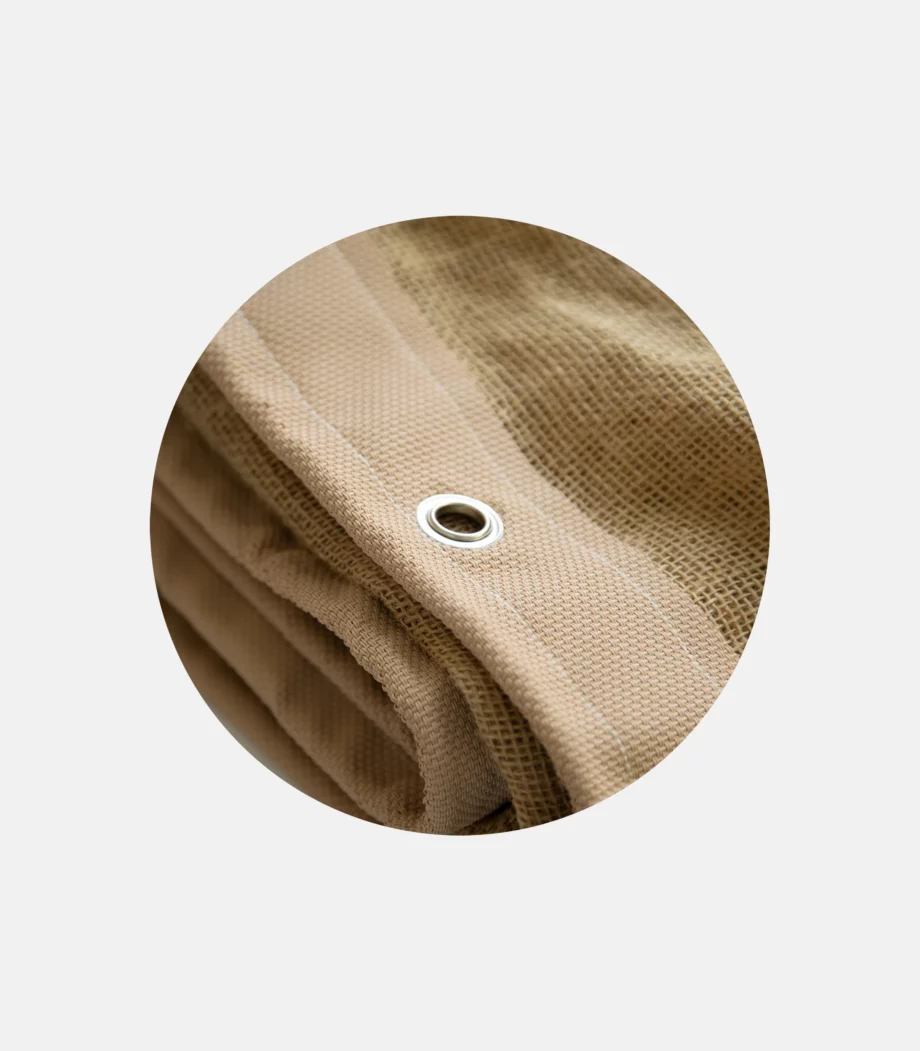
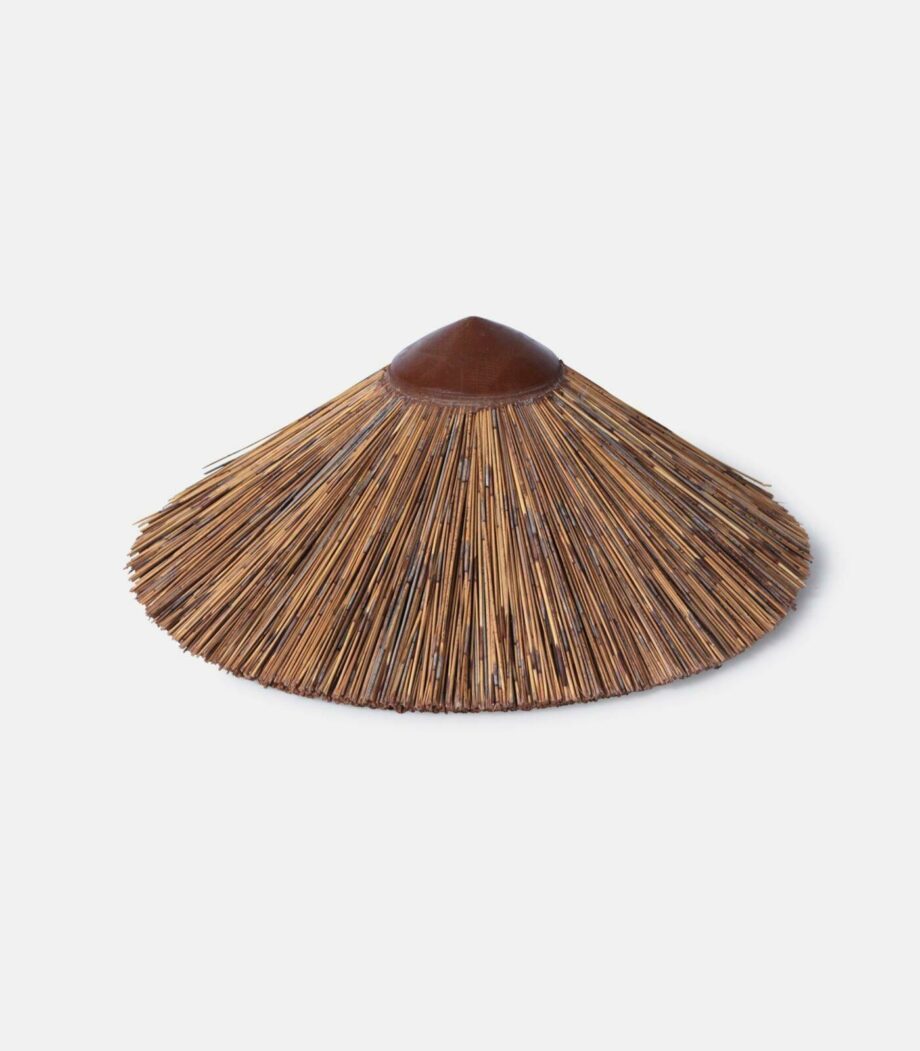
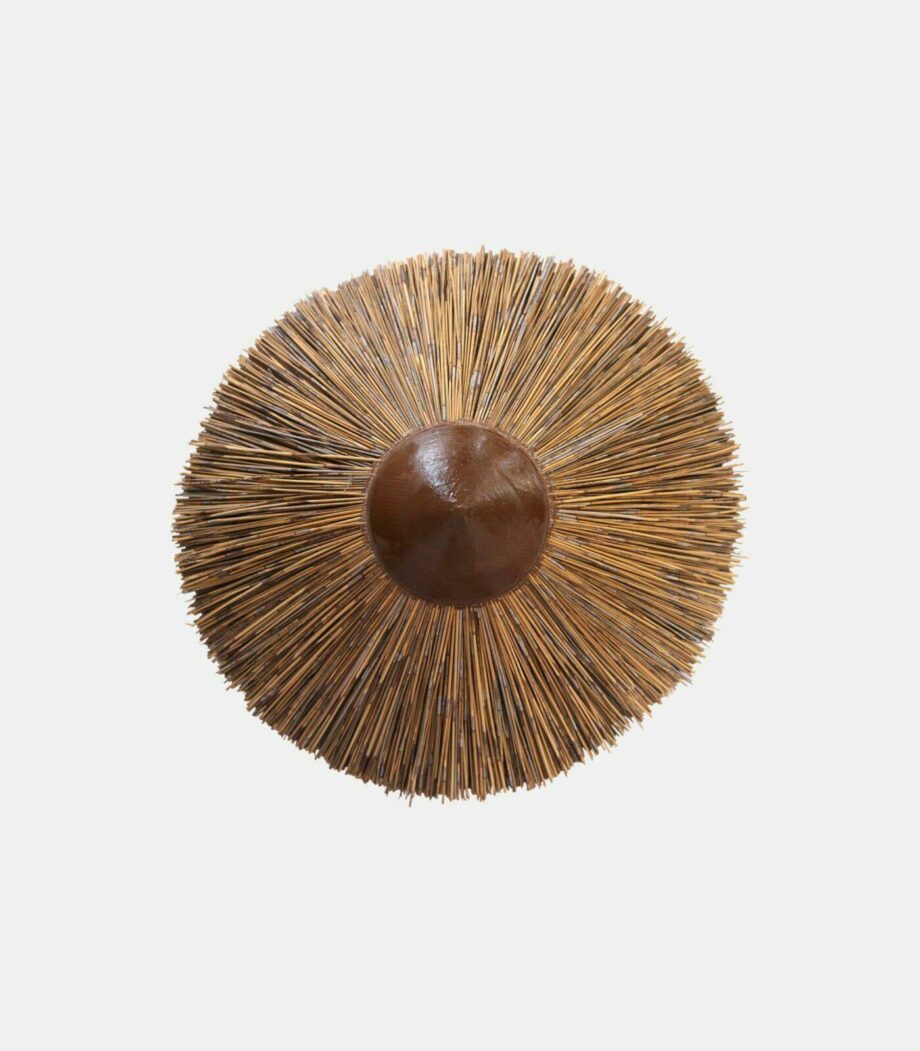
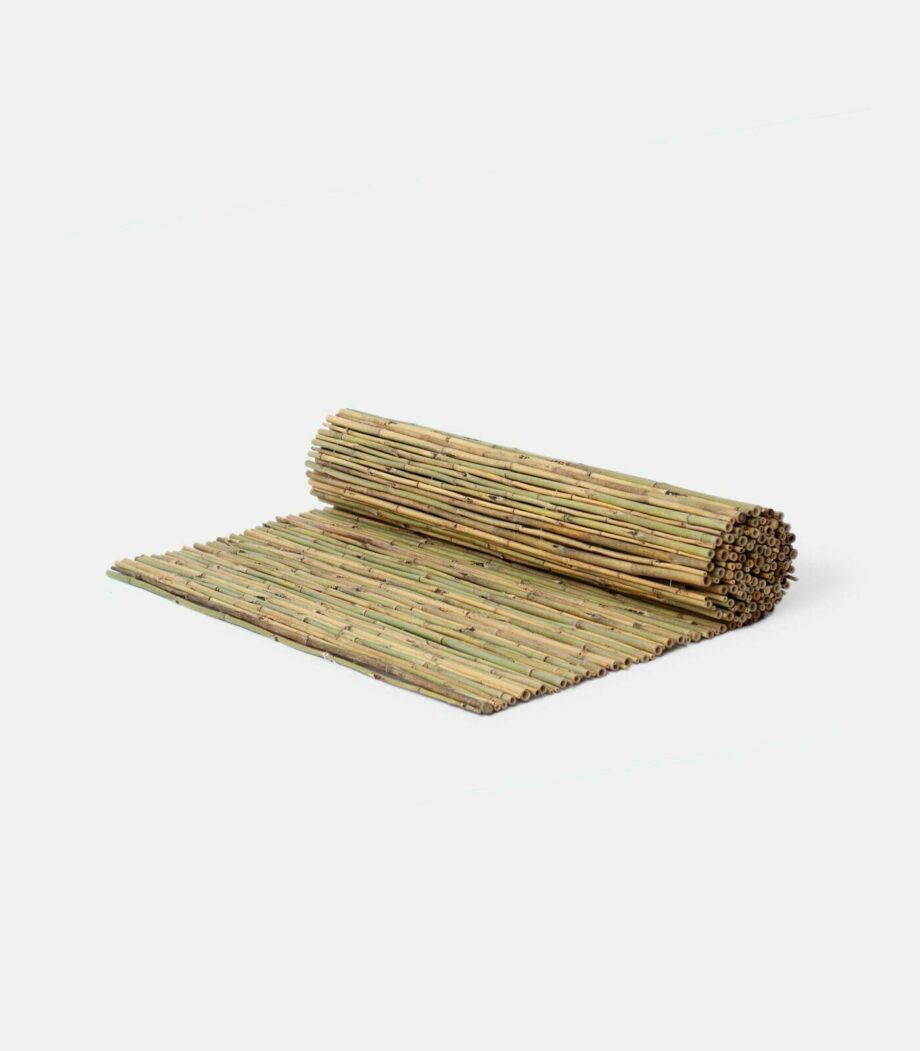

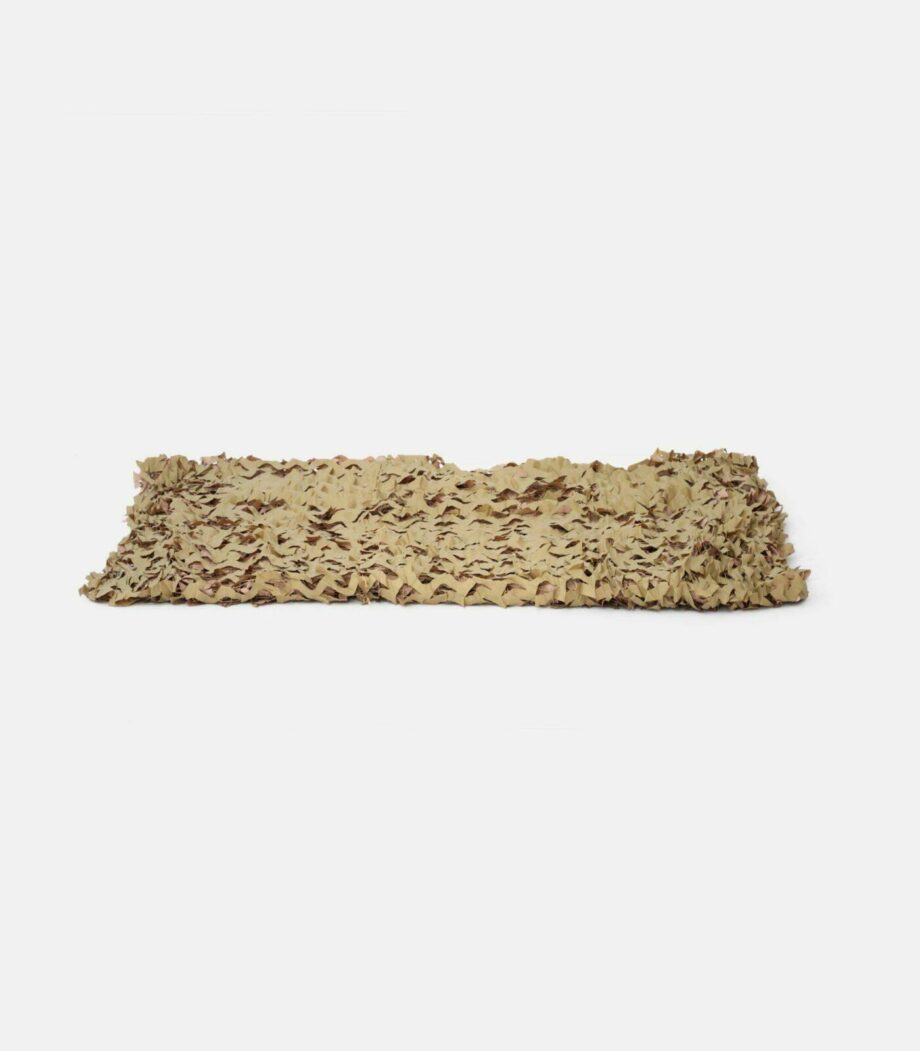
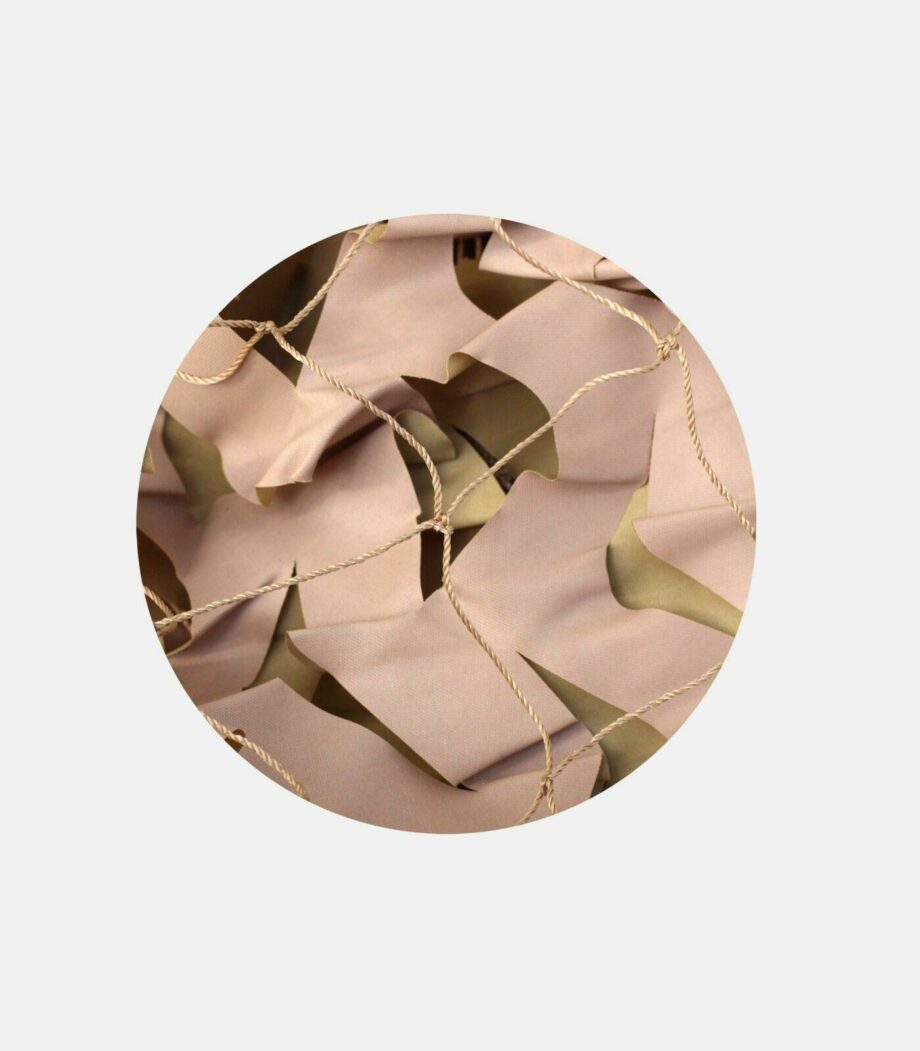
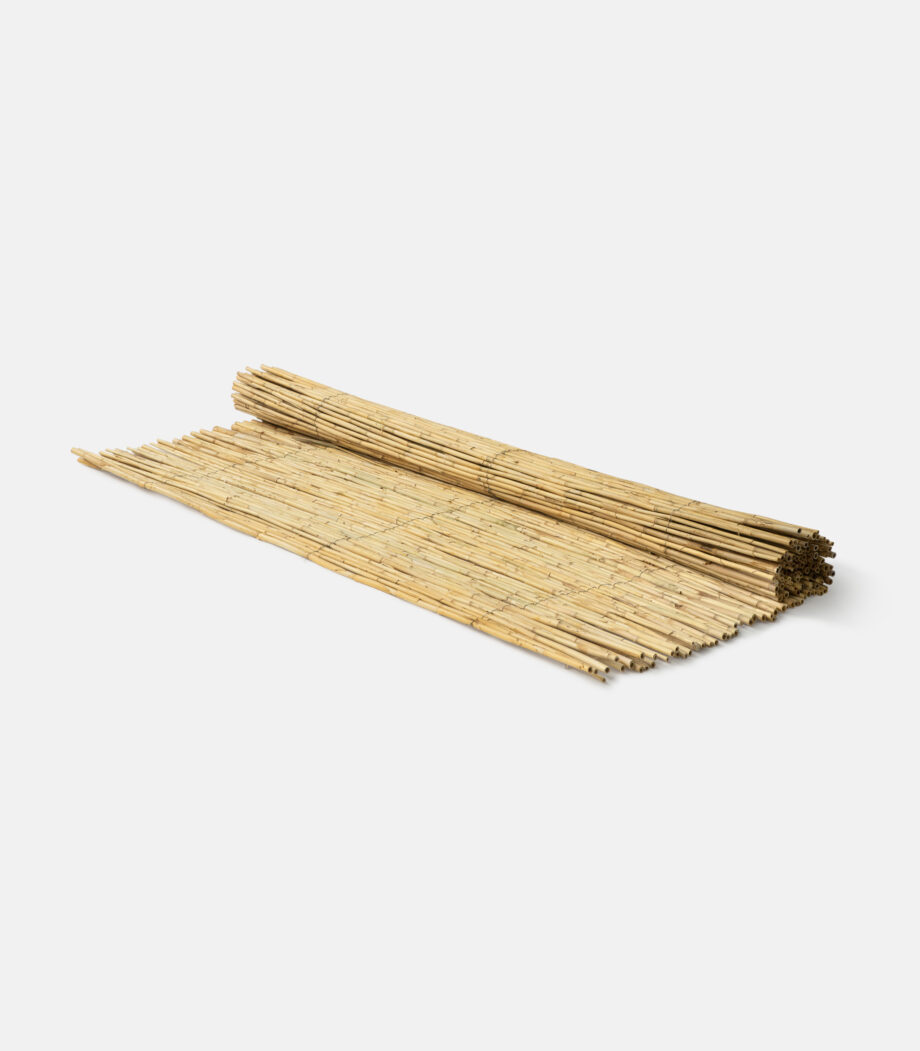

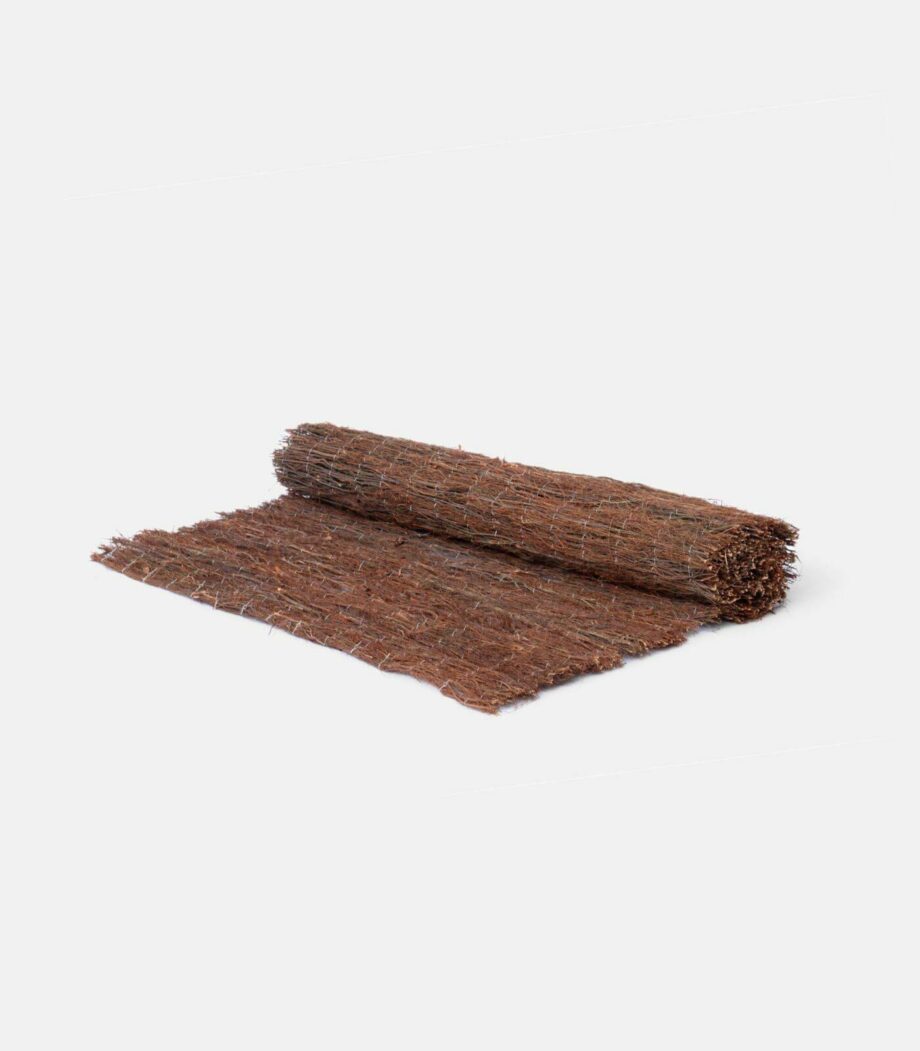
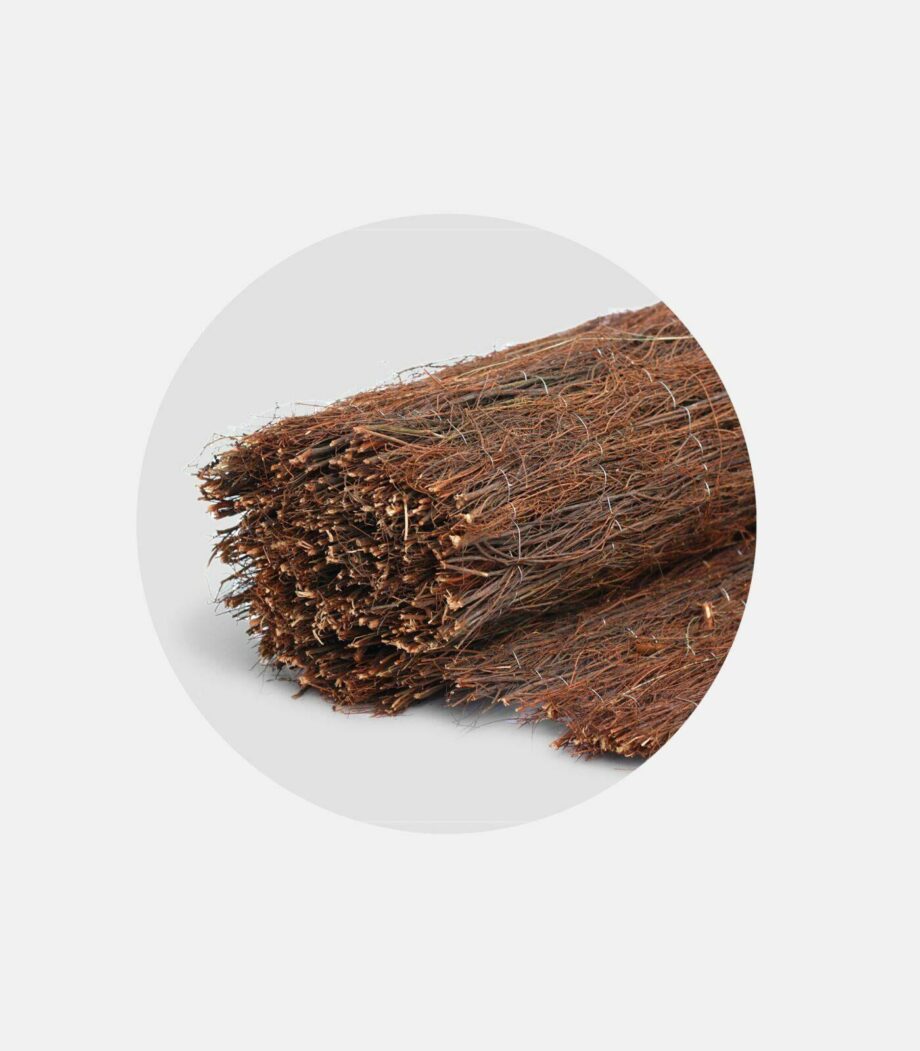
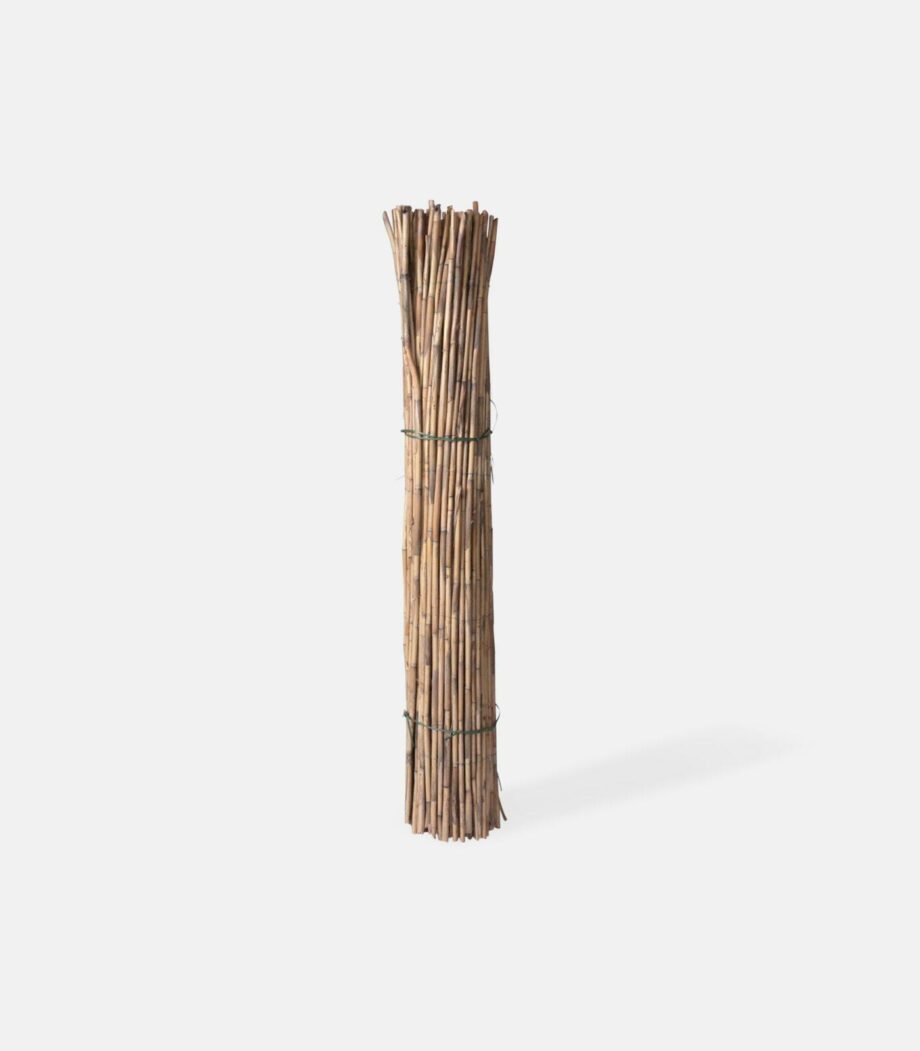
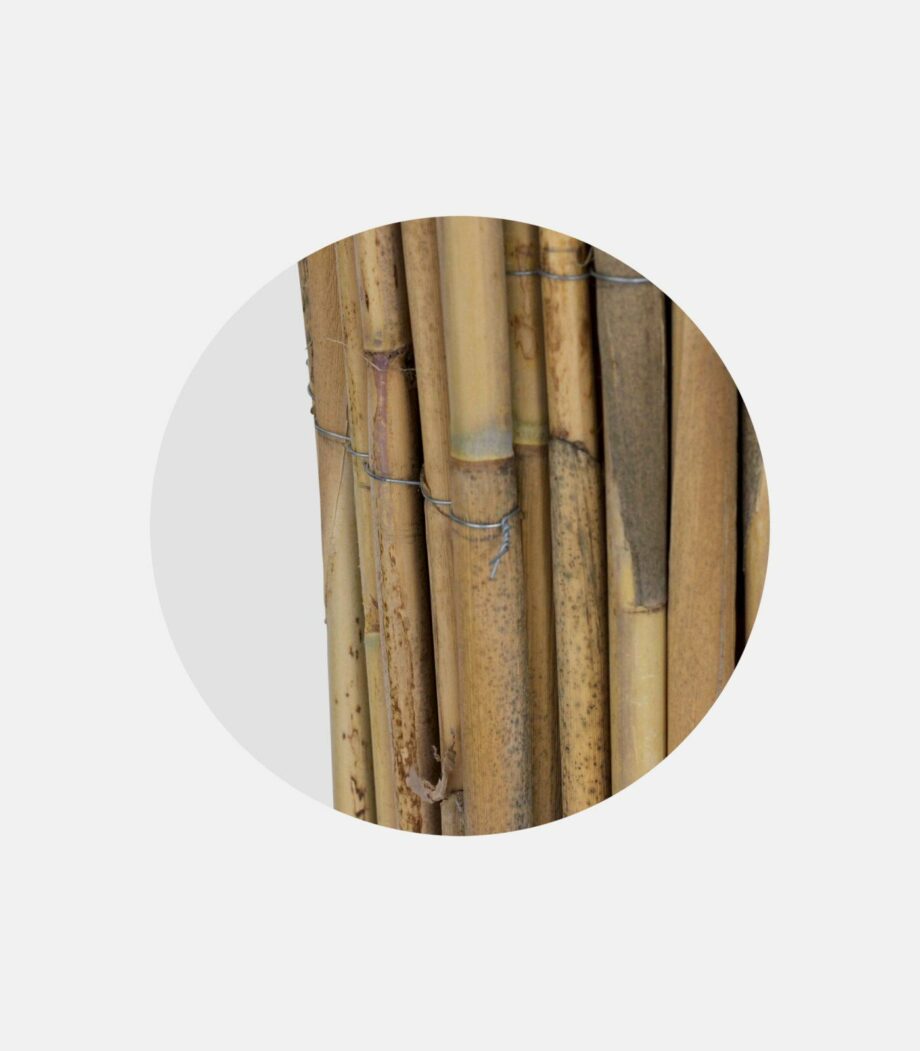
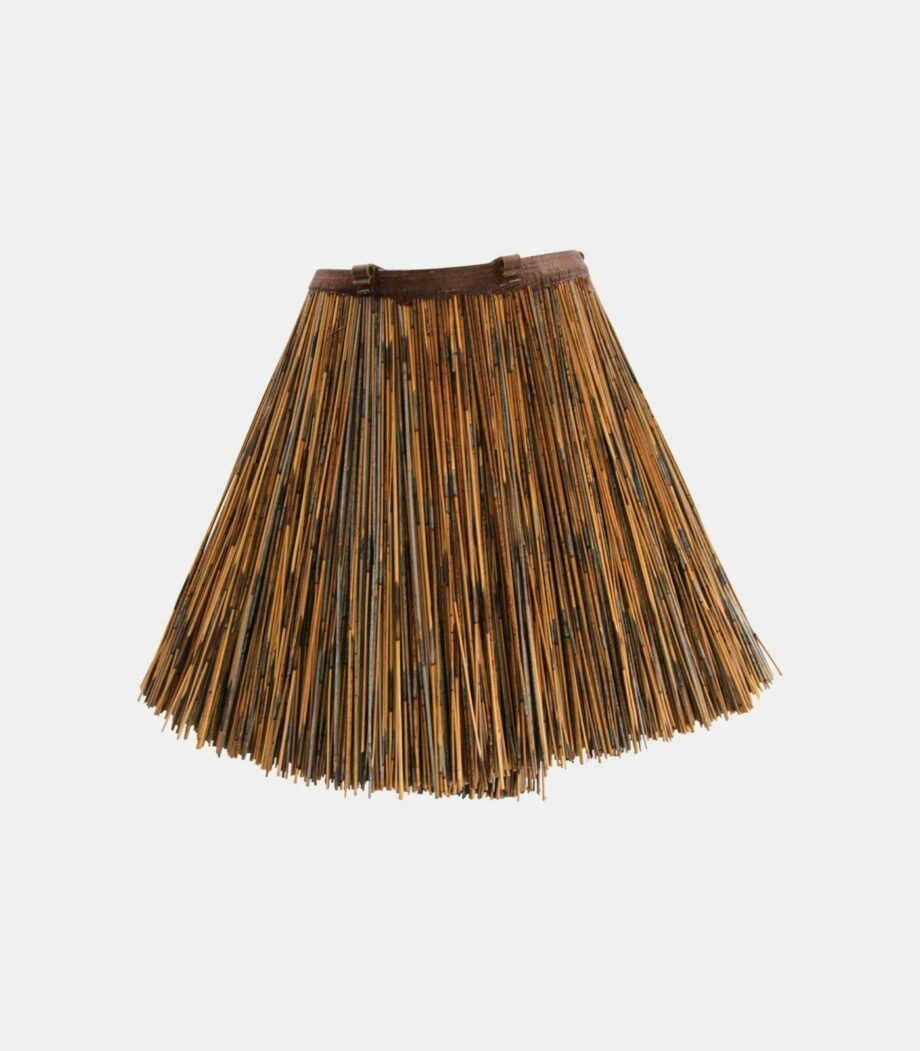
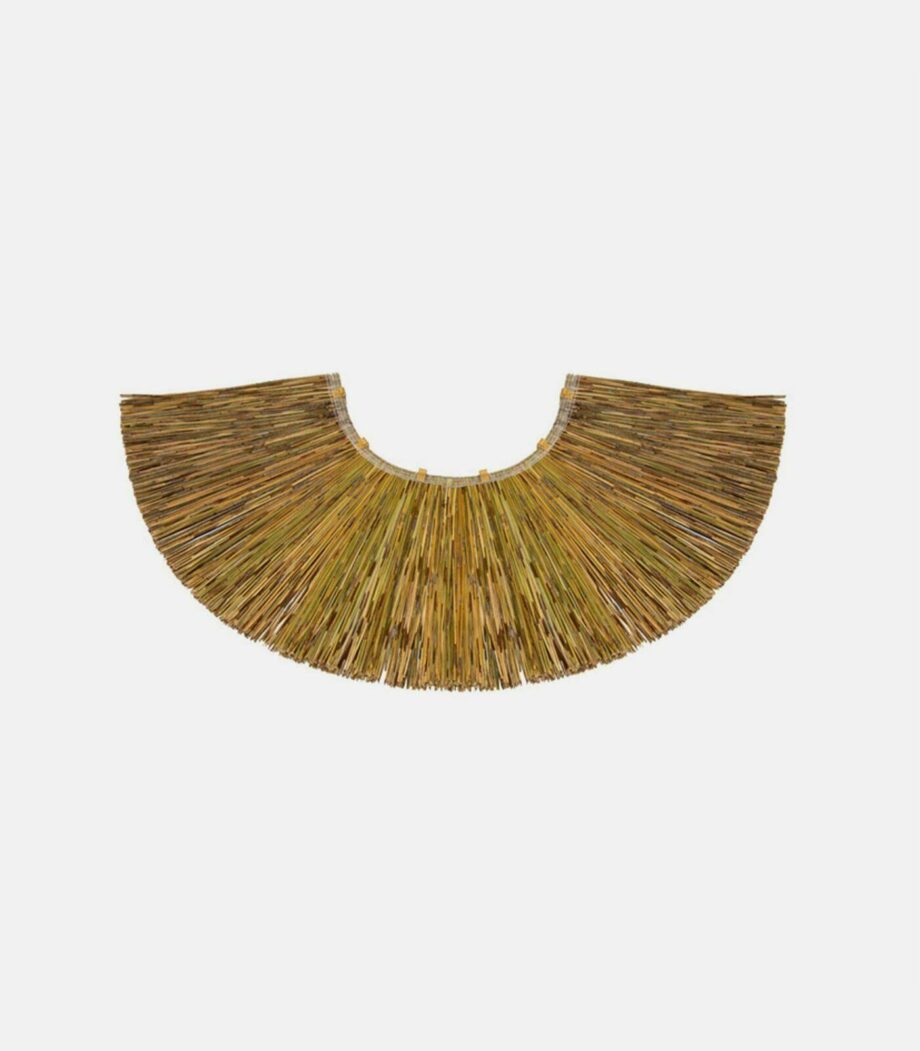
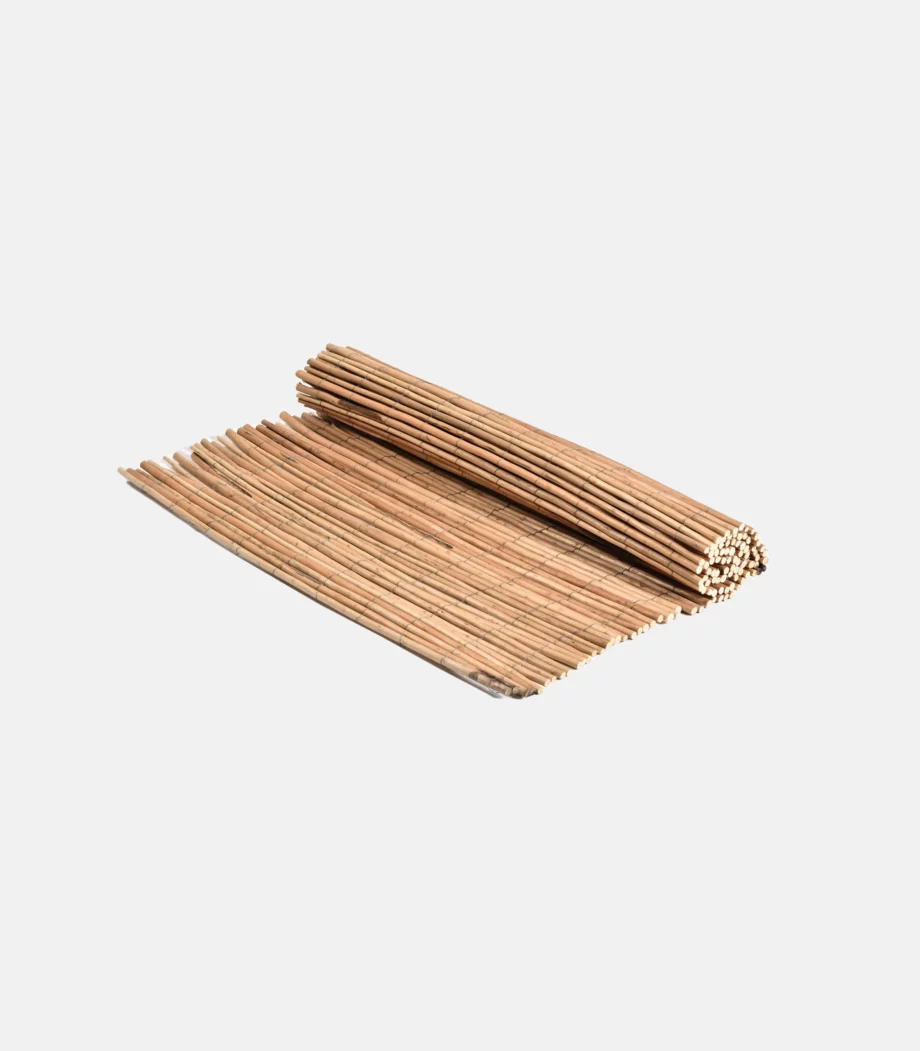
 No products in the cart.
No products in the cart.